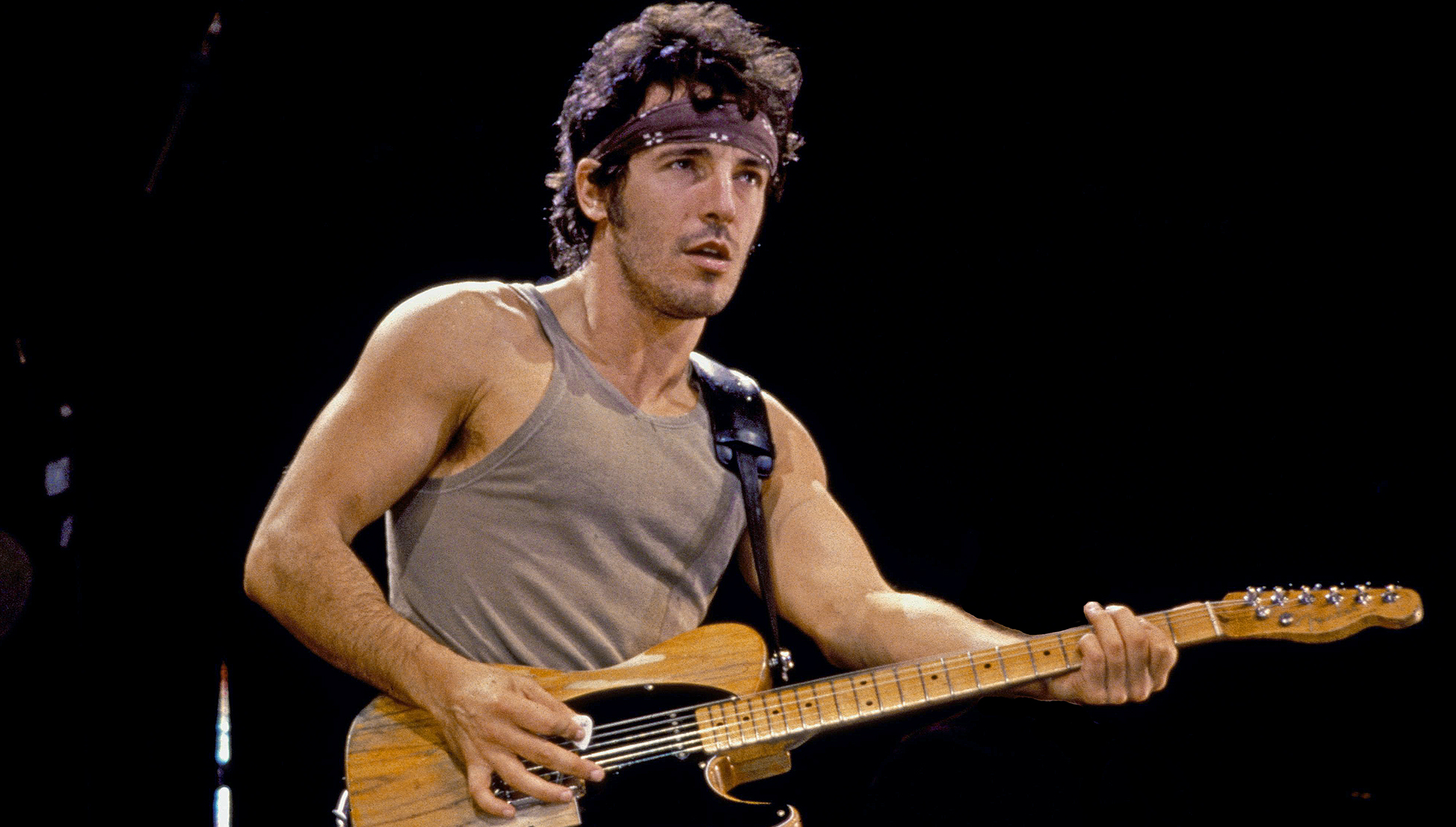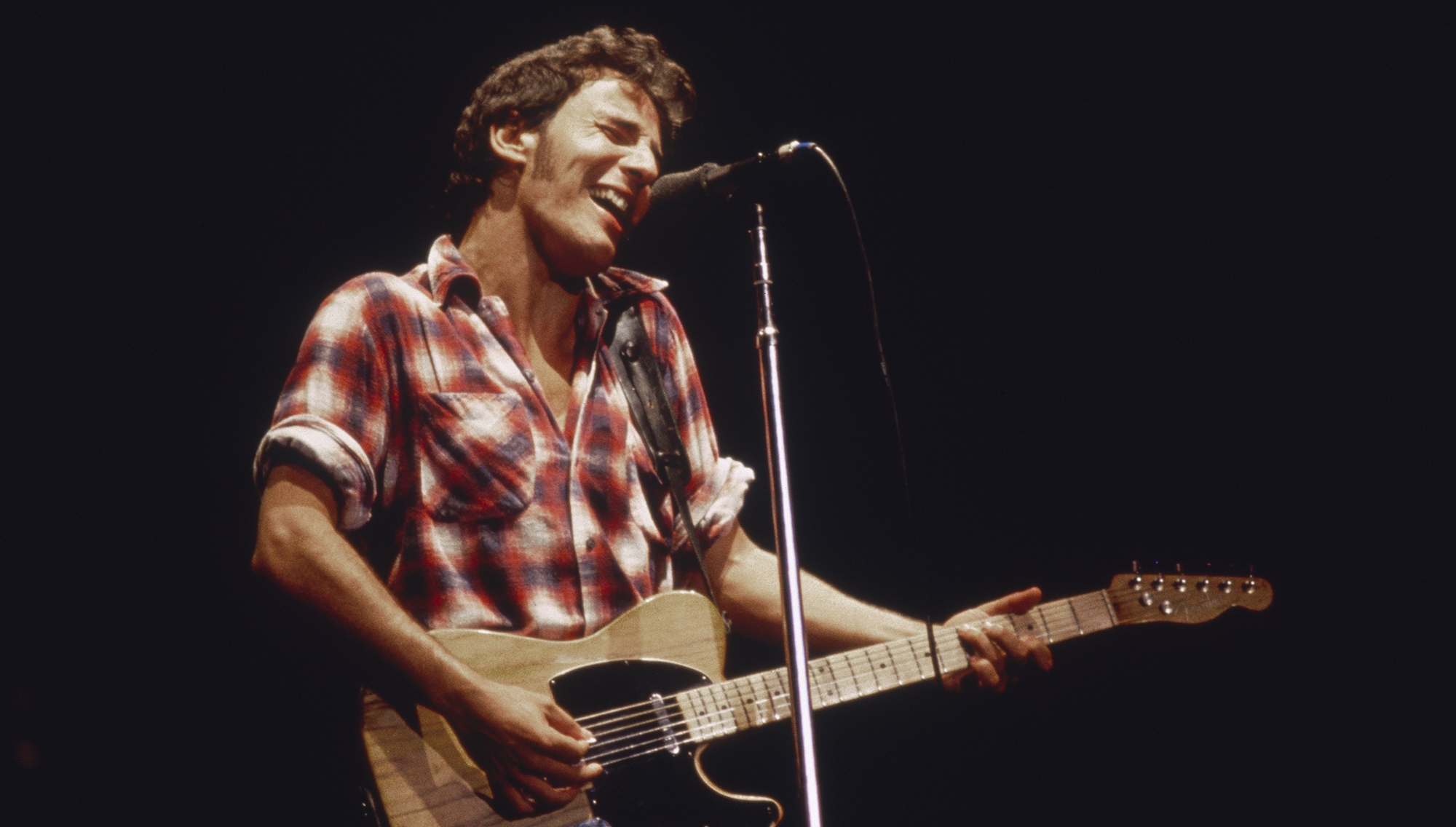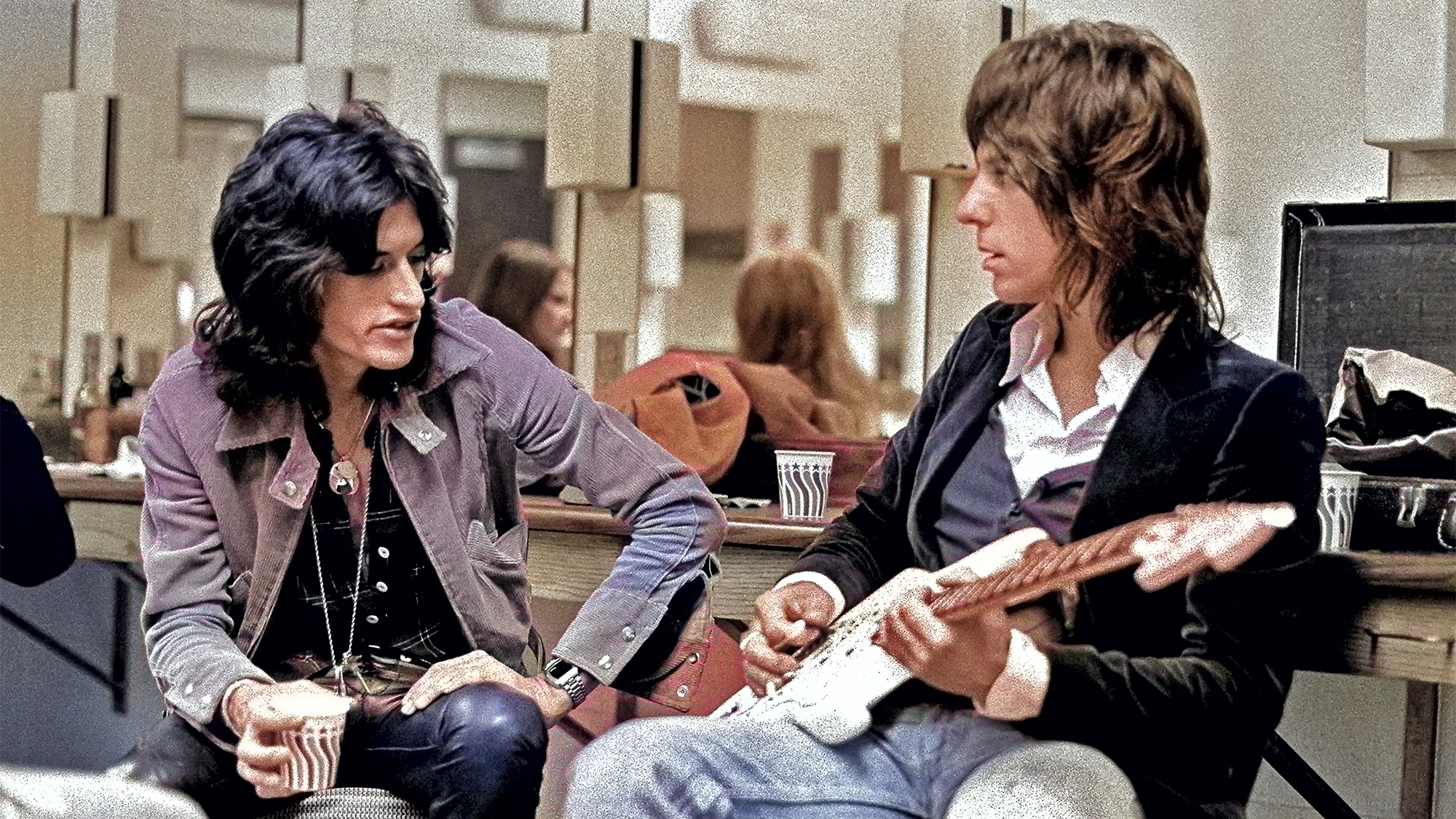“I remember thinking I could change the whole thing right now if I wanted to. That’s all I remember thinking.” Bruce Springsteen on writing his most personal song — and his biggest hit — in one anger-fueled late-night session
Along with its hit music video — Springsteen's first — the tune became a global hit, establishing him as leading artist for the 1980s

Bruce Springsteen has built a deep catalog of songs about the lives of the working class, and their struggles, hopes and dreams. His subjects come from his own life and the people in it, but his music is so driven by characters that it’s often hard to determine where the real Bruce Springsteen is within his songs.
The main reason seems to be his desire to relate to others rather than make it all about himself.
“Really, I picked up the guitar because I wanted to talk to somebody,” he told Musician magazine in 1987. “That’s really about the size of it. That was my main interest. I had things to say, and mainly it was just, ‘Hey, hello. Here I am, there you are. Let’s start a band, let’s do something together.'”
But by the time he got to work on Born in the U.S.A. in January 1982, he was feeling disconnected from the life and career he'd created for himself. The runaway success of The River, his 1980 double album, had made him a breakout star, putting him at the top of the charts for the first time in his career and giving him his first major top 10 single with “Hungry Heart.”
But following up such a smash hit would prove difficult. The sessions for Born in the U.S.A. stretched on for two years, into early 1984. By then, Springsteen and the E Street Band had recorded more than 70 songs for the album.
Despite all their effort, producer Jon Landau felt the album lacked a single. Springsteen decided he’d had enough.
“Look, I've written 70 songs,” he snarled at Landau. “You want another one, you write it.”
All the latest guitar news, interviews, lessons, reviews, deals and more, direct to your inbox!

His response revealed the agitation that had been brewing ever since the runaway success of The River. The pressure to follow it up with another hit record, combined with his intense feelings of alienation and exhaustion from his success, were grinding him down. Two years into the new record, he was looking for a spark to reignite his passion.
Landau’s challenge turned out to be exactly what he needed.
“Jon had been bothering me to write a single,” Springsteen told Musician. “Which is something he rarely does. But he did that day. And he wanted something direct. That seemed to be what he was hitting on me for at the time.”
But after two years spent writing and recording dozens of songs, Springsteen was sick of the whole project..
“I was angry,” he says. “I had written a lot of songs and was kind of fed up with the whole thing. We’d been making the record for a long time and I was bored with the whole situation.
“That particular night, I came home and sat on the edge of my bed, and the thing I remember thinking first was that we had a record, but it wasn’t necessarily finished; I could change the whole thing right now if I wanted to. That’s all I remember thinking.
“So I picked up the guitar and I had this line: ‘I get up in the morning, and I ain’t got nothing to say.’ I had that line for quite a while. Then I said, well, I’ve got to be direct; this is about me. What do I do? ‘I get up in the evening.’
“And that was it. The rest of the songs popped out. I realized I’m bored, I’m tired, I’m sick of no action.”
The song was “Dancing in the Dark,” the future lead single from Born in the U.S.A. Hearing it for the first time, Landau was convinced Springsteen had delivered the hit he asked for. Springsteen and the band cut six takes of the song on February 14. Roughly another month was spent making 58 mixes of it until everyone was satisfied.
Released on May 9, 1984, “Dancing in the Dark” didn’t disappoint. The song spent four weeks at number two on the Billboard Hot 100, stalled by the success of Duran Duran’s “The Reflex” and Prince’s “When Doves Cry.”
The track also established Springsteen’s presence on MTV with its music video, the first in his career. Directed by suspense film director Brian DePalma, it was shot as a performance video, with Springsteen pulling a female audience member — played by future Friends star Courtney Cox — onstage to dance with him at the song’s conclusion. The dancing bit meant Springsteen would be deprived of his Fender Telecaster, making him look more like a frontman that the electric guitar–toting performer he was known as at the time.
That, in turn, would be the first indelible image many people around the world would have of Springsteen, as “Dancing in the Dark” became a global hit and earned number one spots in Belgium, the Netherlands, and Australia, where it became the highest-selling single of the year. The record also brought him his first Grammy, for Best Rock Vocal Performance, in 1985.
It was all new territory for Springsteen… which is ultimately what the song was about — making your way in the darkness to find the light.
“You’ve got to constantly be stepping out into the dark, into that unknown place,” he told Musician. “Because that’s where the next day is.”
Christopher Scapelliti is editor-in-chief of GuitarPlayer.com and the former editor of Guitar Player, the world’s longest-running guitar magazine, founded in 1967. In his extensive career, he has authored in-depth interviews with such guitarists as Pete Townshend, Slash, Billy Corgan, Jack White, Elvis Costello and Todd Rundgren, and audio professionals including Beatles engineers Geoff Emerick and Ken Scott. He is the co-author of Guitar Aficionado: The Collections: The Most Famous, Rare, and Valuable Guitars in the World, a founding editor of Guitar Aficionado magazine, and a former editor with Guitar World, Guitar for the Practicing Musician and Maximum Guitar. Apart from guitars, he maintains a collection of more than 30 vintage analog synthesizers.

